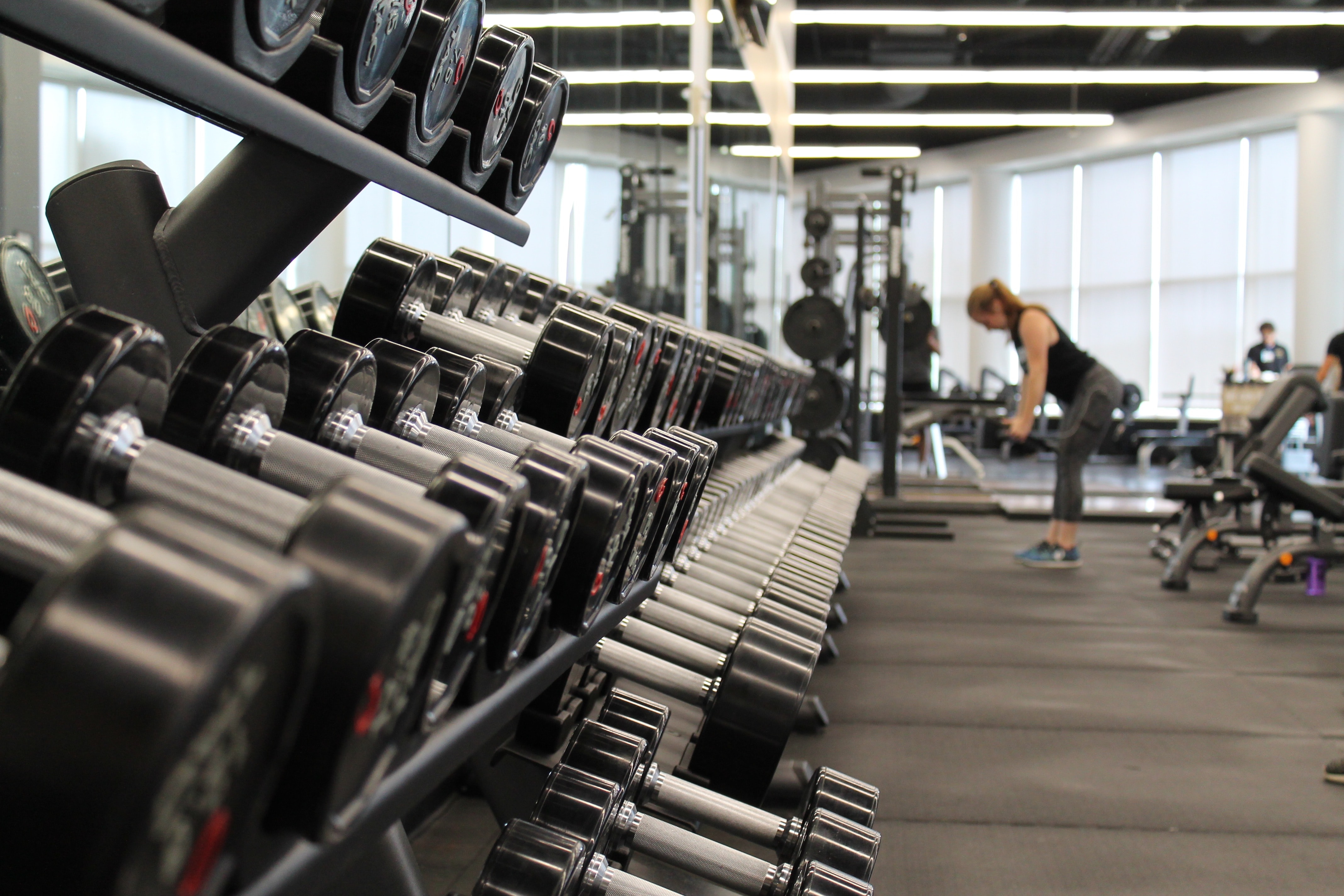Prioritizing safety in fitness centers isn’t just a moral obligation; it’s a legal one.
The health and fitness industry is fast-paced, constantly growing to satisfy the changing needs of its diversified clients. Despite this growth, one constant remains paramount: fitness center safety.
Whether you run a commercial gym or a yoga center or you train others from your garage, there are legal obligations you must have in place to keep your customers safe.
Legal requirements for fitness center safety
As owners of public spaces, gym operators have a legal duty to provide a safe and secure facility. This includes all aspects of the gym environment, including the physical infrastructure, equipment used, and ensuring all employees are adequately trained and hold the correct certifications to teach yoga and fitness and provide health, diet, and fitness recommendations.
Following local, regional, and international safety regulations and standards is a legal requirement, with non-compliance leading to severe penalties, including fines and lawsuits.
Equipment maintenance and inspection
One of the primary areas where safety is crucial is the maintenance and inspection of your fitness equipment. Regular inspections are essential to ensure equipment is in good working order and safe to use. Preventive maintenance, such as replacing worn-out parts and tightening loose screws, can minimize the risk of accidents and injuries.
Failure to effectively maintain equipment might result in liability difficulties if a member is hurt while using faulty equipment. Therefore, gym owners should develop a regular maintenance schedule and record all inspections and repairs to demonstrate due diligence.
Staff training and certification
Staff training is another critical area where legal considerations come into play. Gym staff, including fitness trainers and instructors, should be adequately trained in safety protocols. They should know how to operate equipment safely, handle emergencies, provide first aid, and recognize potential hazards.
Additionally, many areas require fitness trainers and instructors to hold specific qualifications or certifications. Ensuring all staff members hold the necessary qualifications enhances the gym’s professionalism and helps mitigate legal risks.
Compliance with safety regulations
Beyond equipment and staff, gym owners must also ensure compliance with various safety regulations. These may include requirements for emergency exits, fire safety equipment, first-aid provisions, and adequate lighting.
Compliance with these regulations is not just about avoiding legal penalties; it also contributes to creating a safe and welcoming environment for gym members.
Industry standards and best practices
While complying with legal requirements is essential, gym owners should also strive to follow industry standards and best practices for fitness center safety. These may include guidelines from industry associations, recommendations from equipment manufacturers, and insights from health and safety experts.
By implementing initiatives and programs that promote a safety culture, gym owners can go beyond mere compliance and demonstrate a genuine commitment to their members’ well-being. Such initiatives include regular safety briefings for members, clear signage about proper equipment use, and ongoing staff training.
Minimizing liabilities and risks
Accidents can still happen despite all precautions, so gym owners must have strategies to minimize their legal liabilities and risks. Here’s what you need to do:
Waiver of liability
Waivers of liability are legal documents that protect gyms from claims arising from injuries or accidents on their premises. The waiver, signed by members as they join, typically requires members to acknowledge the risks associated with gym use and agree not to hold the gym liable for any injuries they may sustain.
These waivers can’t wholly absolve a gym from liability, though. For example, they can’t protect a gym owner or staff from negligence claims for inadequate instruction or faulty equipment.

The language used in these waivers must be clear so members fully understand what they agree to when they sign.
Insurance coverage
Insurance coverage is another critical aspect of risk management for fitness centers. Comprehensive insurance policies can protect against various legal claims, including accidents, injuries, equipment damage, and even professional liability claims against trainers or instructors.
There are several types of insurance policies gym owners should consider:
- General liability insurance covers claims for bodily injuries and property damage on the gym premises and legal defense costs if a lawsuit is filed against the gym.
- Professional liability insurance covers claims related to the professional services provided by the gym. For instance, if a member alleges that improper instruction from a trainer led to their injury, professional liability insurance could cover the costs of defense and any resulting settlements or judgments.
- Workers’ compensation insurance is essential if the gym has employees. It can cover medical expenses and lost wages for employees who are injured on the job.
While securing adequate insurance coverage involves an upfront cost, it protects against potential legal risks and financial losses.
Risk management practices
Gym owners should also implement risk management practices to minimize liabilities and risks further. Regular safety audits can identify potential hazards before they lead to accidents. Clear safety protocols and regular staff training can also ensure all gym employees know how to prevent accidents and respond effectively if one occurs.
Prioritizing safety in fitness centers isn’t just a moral obligation; it’s a legal one. Gym owners can provide members with a safe and welcoming environment by adhering to legal requirements, implementing best practices, and promoting a safety culture.
This, in turn, cultivates trust, loyalty, and confidence among members, contributing to their gyms’ success and reputation.


Join the conversation!